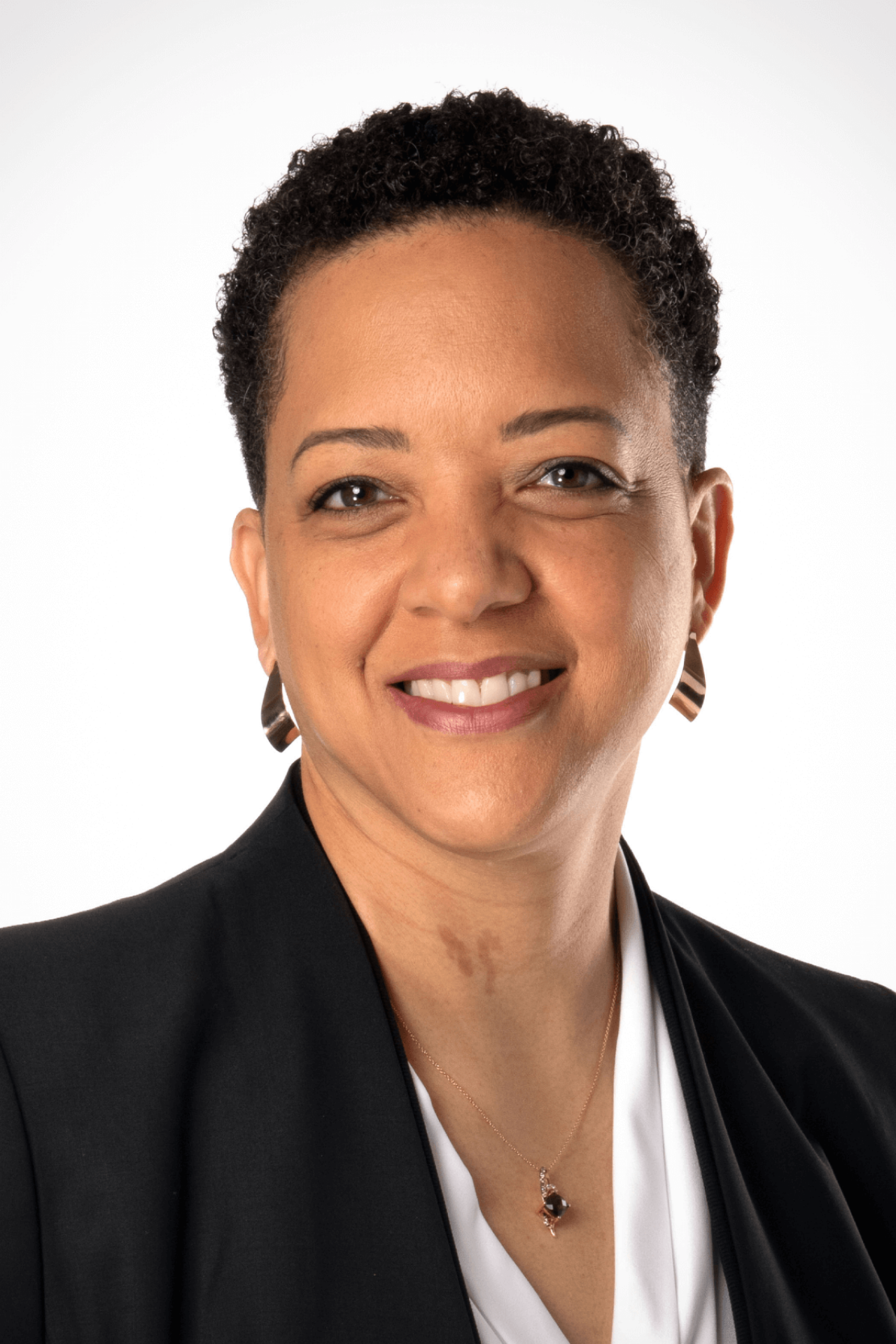DEI education coordinators take Corning’s diversity efforts into the classroom
To drive social progress beyond our walls, Corning invests in developing more equitable, inclusive school communities.
Over 50 years, Corning has built a solid track record furthering diversity, equity and inclusion (DEI) inside our company. But 2020’s protests in the wake of George Floyd’s death revealed the need to do more.
Corning’s leaders decided to bring the same kind of commitment we’ve devoted to technological innovation to social reform, creating the Office of Racial Equality & Social Unity (ORESU) to drive social change in the communities where we operate.
Where better to begin than inside schools?
“The sooner our students can see cross-cultural communities, the sooner they will be ready for our global world,” says Dr. Millicent Ruffin, ORESU’s director of Community Affairs.
ORESU chose to start locally, partnering with the four school districts surrounding Corning’s headquarters in south central New York.
As an initial project, ORESU brought in a nationally recognized expert who provided a series of workshops to district leaders over seven months. The outcome?
“We realized local schools would benefit from sustained, ongoing DEI support,” remembers Millicent. “To maintain that momentum, we need local resources. We need people on the ground and available when incidents arise.”
Enter Jarvis Marlow-McCowin and Debbie Fishbeck. In the fall of 2021, the two signed on as ORESU’s first-ever DEI education coordinators, pioneering a fresh approach to corporate outreach.
“We work as consultants to the districts, developing and refining schools’ diversity programs and providing ongoing professional development,” explains Jarvis, who previously worked in higher education.

“We also serve as sounding boards and problem solvers,” adds Debbie, a former teacher. “Educators and students know we’re always available to listen and assist.”
The team saw an immediate opportunity to improve recruitment of diverse teachers.
The area’s student population is around 95% white, and only about 4% of teachers are people of color. One district recently had no Black teachers and only four who identified as Hispanic. This may, at first, seem like a non-issue. But research shows having teachers of color enhances a school’s educational ecosystem, providing crucial benefits to students and staff, regardless of color.
“When students interact with educators of color, their perspective widens,” says Jarvis. “That experience counters any misconceptions they may have. Their ability to hold biases diminishes.”
Student gains across academic metrics have also been linked to having teachers of color. The impact on students of color who see themselves represented can be particularly profound. “We see test scores rise, enrollment in honors and advanced placement courses increases, and improvements related to graduation and postsecondary achievement,” says Jarvis.
White teachers who work with teachers of color are more likely to employ culturally responsive practices in the classroom, studies say. A diverse staff also lets teachers learn from each other.
“Some educators who don’t practice giving specific feedback to their students of color may be afraid of hurting their feelings, offending them or may think they aren’t capable of achieving more,” says Debbie. “Black teachers, however, are more likely to hold students of color to a higher standard.”
Promoting more open, inclusive dialogue has been another priority for the education coordinators. They’ve been asked to help educators navigate everything from hate speech to pronoun usage. Such conversations can be challenging.
“Some staff and teachers aren’t ready to talk about race and other identities,” says Debbie. “But their discomfort with these issues ultimately hurts their students. We want schools to not only understand this, but to work with us to change it.”
Among the team’s projects:
- Establishing the Finger Lakes Youth Forum, a safe space for students to openly discuss race and identities
- Launching the Regional Equity Network for Educators, a cohort of local school professionals who share experiences and knowledge to build more equitable learning environments
- Promoting minority teacher recruitment and retention via ORESU’s new Teach for Southern Tier New York Minority Educator Award
While it will take time to know the full impact of their initiatives, the team says they’ve already seen little wins including more teachers engaging with programs, educators requesting additional DEI training, and students being empowered to ask for more race and identity-related dialogue at school.
How will they know they’ve succeeded?
“When we put ourselves out of work,” says Millicent. “Once a school becomes self-sufficient, we’ll move on to help another.”
